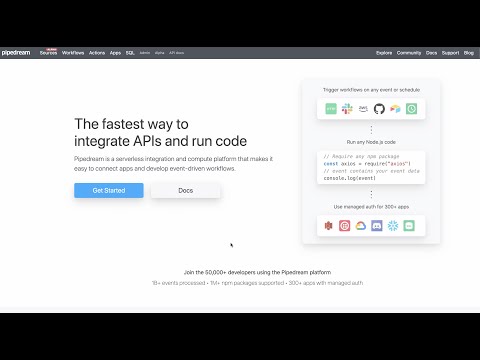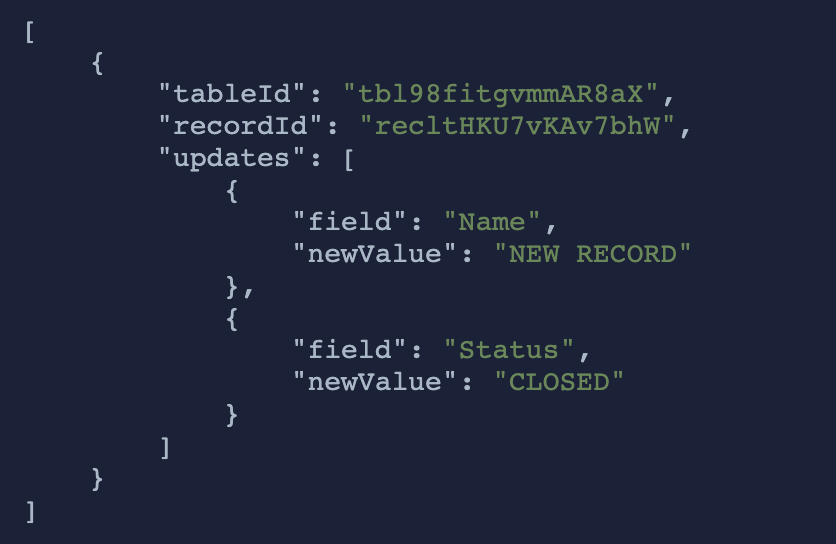What do you want to automate
with Data Stores and Slack?
Prompt, edit and deploy AI agents that connect to Data Stores, Slack and 2,800+ other apps in seconds.
Trusted by 1,000,000+ developers from startups to Fortune 500 companies
Popular Ways to Connect Data Stores with Slack#
Popular Data Stores and Slack Triggers#
Emit new event when a new message is posted to one or more channels
Emit new event when a message was posted in a direct message channel
Emit new events on new Slack interactivity events sourced from Block Kit interactive elements, Slash commands, or Shortcuts
Emit new event when a specific keyword is mentioned in a channel
Popular Data Stores and Slack Actions#
Add or update a single record in your Pipedream Data Store
Add or update multiple records to your Pipedream Data Store
Send a message to a public or private channel. See the documentation
Append to a record in your data store Pipedream Data Store. If the record does not exist, a new record will be created in an array format.
Send a message to a user, group, private channel or public channel. See the documentation
Overview of Data Stores#
Data Stores are a key-value store that allow you to persist state and share data across workflows. You can perform CRUD operations, enabling dynamic data management within your serverless architecture. Use it to save results from API calls, user inputs, or interim data; then read, update, or enrich this data in subsequent steps or workflows. Data Stores simplify stateful logic and cross-workflow communication, making them ideal for tracking process statuses, aggregating metrics, or serving as a simple configuration store.
Connect Data Stores#
export default defineComponent({
props: {
myDataStore: {
type: "data_store",
},
},
async run({ steps, $ }) {
await this.myDataStore.set("key_here","Any serializable JSON as the value")
return await this.myDataStore.get("key_here")
},
})Overview of Slack#
The Pipedream app for Slack enables you to build event-driven workflows that interact with the Slack API. Once you authorize the app's access to your workspace, you can use Pipedream workflows to perform common Slack actions or write your own code against the Slack API.
The Pipedream app for Slack is not a typical app. You don't interact with it directly as a bot, and it doesn't add custom functionality to your workspace out of the box. It makes it easier to automate anything you'd typically use the Slack API for, using Pipedream workflows.
- Automate posting updates to your team channels
- Create a bot to answer common questions
- Integrate with your existing tools and services
- And much more!
Connect Slack#
import { axios } from "@pipedream/platform"
export default defineComponent({
props: {
slack: {
type: "app",
app: "slack",
}
},
async run({steps, $}) {
return await axios($, {
url: `https://slack.com/api/users.profile.get`,
headers: {
Authorization: `Bearer ${this.slack.$auth.oauth_access_token}`,
},
})
},
})
Related Videos#


Community Posts#
